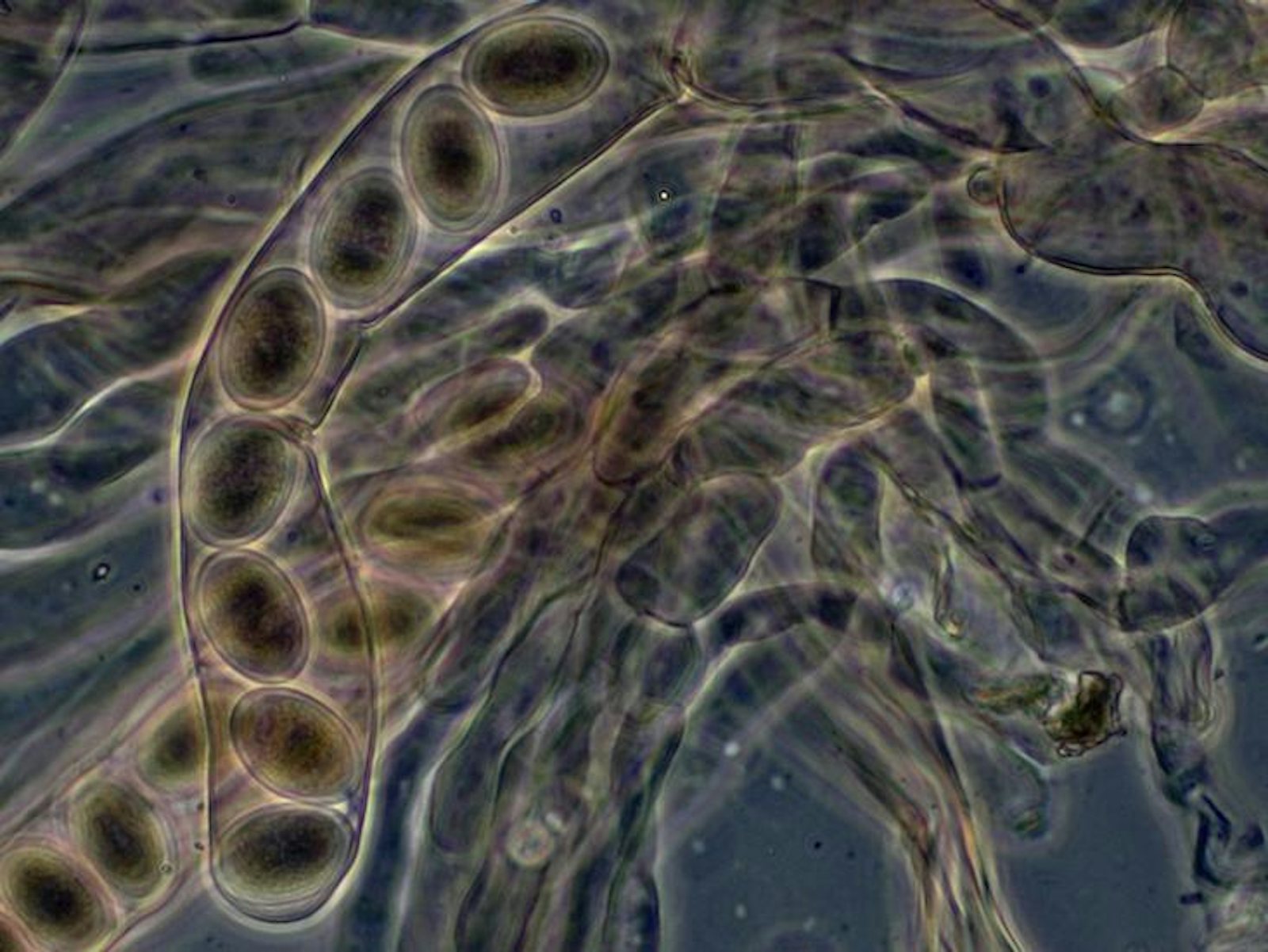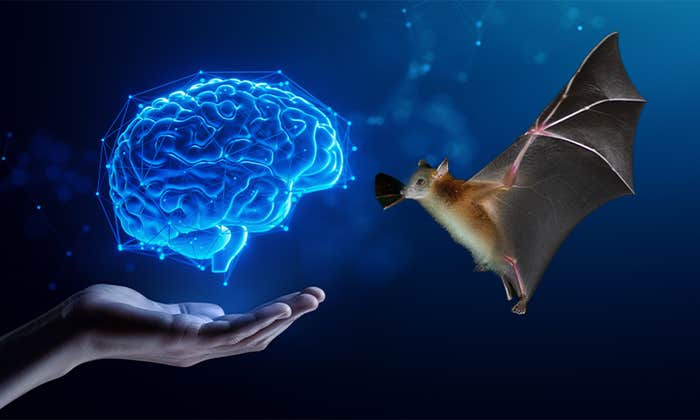As you look closer and closer at the world, you find more and more levels of organization. And at many of those steps, the view is fantastic. From butterfly wings to snowflakes, zooming in on the world around us can reveal incredible symmetries and patterns, and sometimes pure chaos. Seen at a microscopic level, things we’re quite familiar with often become nearly unidentifiable.
So let’s play a game. It’s called Animal, Vegetable, Mineral, and the goal is simple: Tell us what you’re looking at, and see how good you are at recognizing the patterns of the minuscule.
A note: We’re using the category names loosely; “mineral,” for example, refers to anything made by humans or by natural abiotic processes, not only to minerals in the scientific sense. You’ll see as you play.
Rose Eveleth is a producer, designer, and writer based in Brooklyn. Follow her on Twitter @roseveleth.
Watch: Cornelia Hesse-Honegger, a scientific illustrator, yearns for a time when, to show something, we had to draw it.

This classic Facts So Romantic post was originally published in May, 2014.


























